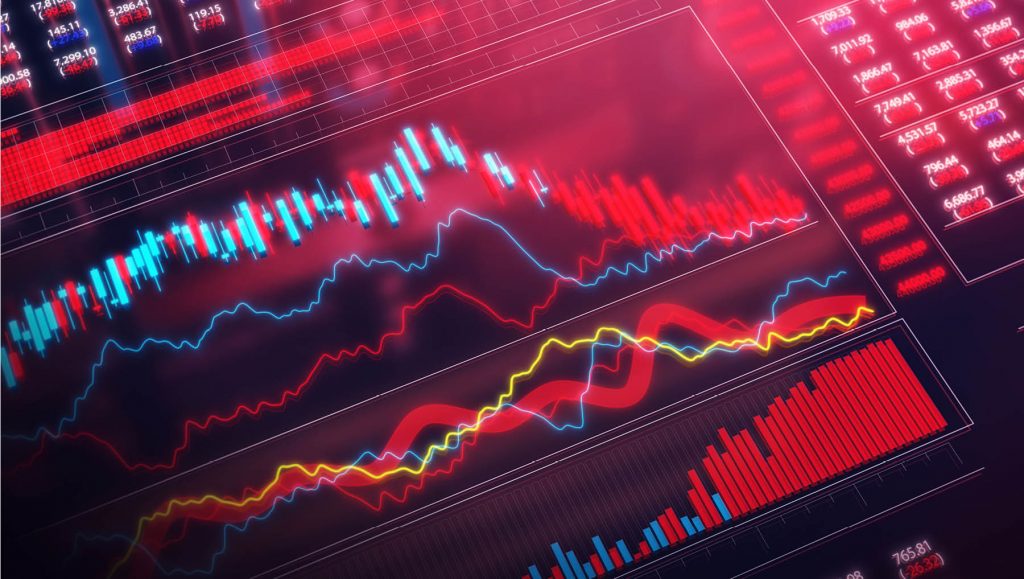Language
You can read the magazine in one of the following languages
Geolocation
You can read the global content or the content from your region

Plug-in hybrid cars that once dominated the electric vehicle (EV) market may be seeing their reign come to an end.
In mid 2022, sales of plug-in hybrids – which switch to using petrol or diesel when their battery is depleted – dropped by 28 percent in France and 16 percent in Germany, two former strongholds of the technology. Similarly in Australia this year, vehicle sales have dropped to just six percent of EV sales in the country.
Reasons for this include the rise in quality of fully battery electric vehicles, which now have increased range, charging times and lower-price options available. Concerns have also been raised as to whether plug-in hybrids are really as clean as they claim to be, causing their desirability to decrease.


This June, Apple made history by becoming the first company to reach a market capitalization of US$3 trillion.
In August 2020, it was the second-ever company to reach a valuation of US$2 trillion, having been beaten out by Saudi Arabian oil and gas giant Saudi Aramco. And while the technology company had previously reached the US$3 trillion milestone briefly on 3 January 2022, by the end of the same day it had fallen below the valuation once again.
This time it stuck, with the Apple share price rising 2.31 percent to US$193.97 on 30 June, giving Apple a market capitalization of US$3.05 trillion.
Its success has been credited in part to the company’s new mixed-reality headset, the Apple Vision Pro.

While big tech led the stock exchange in the United States for the first half of 2023, there has been a shift by equity investors toward increasingly diversified portfolios.
The focus on big tech stocks was fueled by a heightened interest in AI, creating a surge for the ‘Magnificent Seven’ – Amazon, Alphabet (Google), Apple, Meta, Microsoft, Nvidia and Tesla.
However, equity investors are now turning their focus to breadth and having a wider distribution of stocks, rather than a handful of select names. This is shown by the proportion of S&P 500 stocks trading above their 200-day average, climbing to as high as 65 percent in July – an indicator of rising market breadth.
“We’ve kind of moved on a little bit [from the Magnificent Seven],” Minerva Analysis Founder Kathleen Brooks told Insider. “It’s a sign of a really healthy market and a return to passive investing. Far from being at risk of collapsing, stocks are actually looking healthier than they did when the AI rally really kicked off.”


Despite reaching unicorn status in 2018 with a valuation of US$1 billion, Indian education technology start-up Byju has experienced an extreme downturn.
Founded in 2011 and having already found great success, the platform expanded substantially during the COVID-19 pandemic as students were forced to turn to online learning amid lockdowns.
Despite spending US$2 billion on acquisitions in 2021, the company reported a loss of US$371 million, 17 times greater than in 2020.
Things continued to worsen for Byju, with its valuation dropping from US$22 billion in 2022 to US$5.1 billion in 2023, but some are saying that this is in part due to the company’s inability to predict post-pandemic conditions.
“After the pandemic, when children returned to schools there was going to be a downturn,” said Shriram Subramanian, the Founder of independent corporate governance research and advisory firm InGovern Research Services.
“But Byju has kept on growing and investors kept on putting money into it. They did not see the signs that there could be a downturn.”

From cash to real estate and stocks, Baby Boomers still hold the majority of wealth. But with many of them now retired and Millennials about to enter the prime of their careers, it’s looking like it won’t be too long before the younger generations take over.
Here’s the breakdown of assets owned by each generation, according to market veteran Ed Yardeni.
